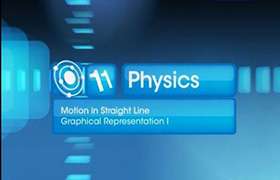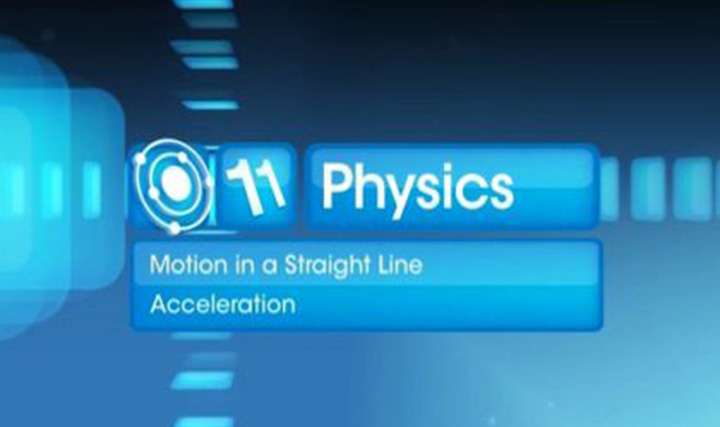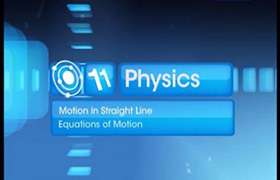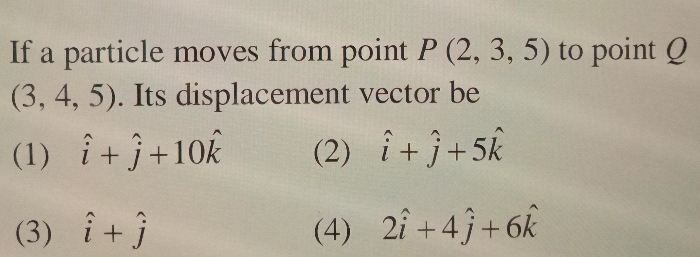CBSE Class 11-science Answered
First Equation of Motion
Consider a particle moving along a straight line with uniform acceleration 'a'. At t = 0, let the particle be at A and u be its initial velocity and when t = t, v be its final velocity.



v = u + at I equation of motion
Graphical Derivation of First Equation of Motion
Consider an object moving with a uniform velocity u in a straight line. Let it be given a uniform acceleration a at time t = 0 when its initial velocity is u. As a result of the acceleration, its velocity increases to v (final velocity) in time t and S is the distance covered by the object in time t.
The figure shows the velocity-time graph of the motion of the object.
Slope of the v - t graph gives the acceleration of the moving object.
Thus, acceleration = slope = AB = 
v - u = at
v = u + at I equation of motion
Second Equation of Motion




From equations (1) and (2)

The first equation of motion is v = u + at.
Substituting the value of v in equation (3), we get



Graphical Derivation of Second Equation of Motion
Let u be the initial velocity of an object and 'a' the acceleration produced in the body. The distance travelled S in time t is given by the area enclosed by the velocity-time graph for the time interval 0 to t.
Graphical Derivation of Second Equation
Distance travelled S = area of the trapezium ABDO
= area of rectangle ACDO + area of DABC





(v = u + at I eqn of motion; v - u = at)

Third Equation of Motion
The first equation of motion is v = u + at.
v - u = at ... (1)


From equation (2) and equation (3) we get,

Multiplying equation (1) and equation (4) we get,
(v - u) (v + u) = 2aS
[We make use of the identity a2 - b2 = (a + b) (a - b)]
v2 - u2 = 2aS III equation of motion
Graphical Derivation of Third Equation of Motion
Let 'u' be the initial velocity of an object and a be the acceleration produced in the body. The distance travelled 'S' in time 't' is given by the area enclosed by the v - t graph.
Graphical Derivation of Third Equation
S = area of the trapezium OABD.





Substituting the value of t in equation (1) we get,
2aS = (v + u) (v - u)
(v + u)(v - u) = 2aS [using the identity a2 - b2 = (a+b) (a-b)]
v2 - u2 = 2aS III Equation of Motion











